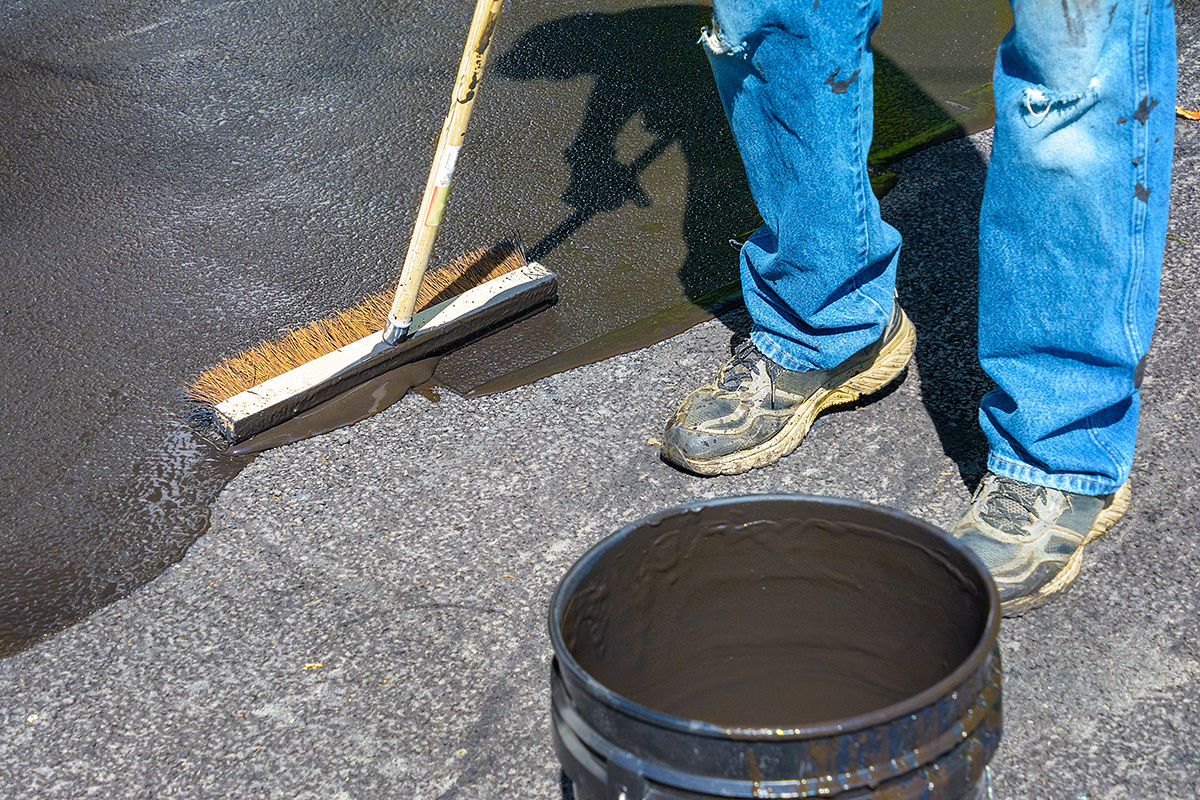Hot Mix Asphalt: A Lasting Remedy for Pavement
Warm Mix Asphalt (HMA) has arised as a leading sustainable selection for pavement services, supplying a myriad of cutting-edge innovations and ecological benefits. As the need for environmentally friendly building techniques grows, discovering the subtleties of HMA's sustainability can give useful insights right into the future of pavement remedies.
Environmental Advantages of Hot Mix Asphalt

Additionally, Hot Mix Asphalt aids to mitigate metropolitan heat island impacts. Its dark shade soaks up sunlight, lowering the amount of warmth showed back into the ambience contrasted to lighter-colored pavements. This can decrease ambient temperatures in urban locations, lowering the demand for a/c and inevitably minimizing power usage.
In addition, Warm Mix Asphalt adds to boosted stormwater management. Its porous nature enables water to infiltrate the sidewalk and reenergize groundwater supplies, decreasing overflow and the threat of flooding. These ecological advantages make Warm Mix Asphalt a lasting selection for leading freeways and roadways.
Power Performance in HMA Manufacturing
Is energy effectiveness a vital element in the manufacturing of Warm Mix Asphalt (HMA)? Energy plays a considerable role in the manufacturing of HMA, affecting both cost and ecological sustainability. One crucial element of power effectiveness in HMA production is the usage of cozy mix asphalt (WMA) modern technologies.
Moreover, advancements in plant modern technologies have led to even more energy-efficient HMA manufacturing processes. By enhancing power use in HMA manufacturing, the market can lower its carbon footprint while preserving high-quality sidewalk products.
Recyclability of Warm Mix Asphalt
The recyclability of Hot Mix Asphalt (HMA) is a crucial aspect of its sustainability and lasting environmental effect. HMA is among one of the most recycled materials in the USA, with over 100 million tons of recovered asphalt sidewalk (RAP) being recycled annually in new sidewalk building and construction. Recycling HMA provides a number of ecological advantages, such as lowering the demand for virgin materials, lowering power intake during production, and lowering the quantity of waste sent out to garbage dumps.
The procedure of reusing HMA includes milling the existing sidewalk, squashing it right into smaller pieces, and mixing it with new accumulation and asphalt binder to develop a recycled mix. Generally, you can try here the recyclability of HMA plays a substantial duty in advertising lasting techniques within the sidewalk industry.

Long-Term Efficiency of HMA
Asphalt pavements show toughness and durability over a prolonged duration, mirroring the long-term performance of Warm Mix Asphalt (HMA) Furthermore, innovations in HMA innovation, such as the use of polymer-modified binders and warm mix asphalt, have actually further boosted the toughness and durability of HMA pavements. By focusing on top quality construction and upkeep methods, HMA continues to prove itself as a lasting and cost-efficient solution for durable pavement facilities.

HMA: Durability and Sustainability
Demonstrating both resilience and sustainability, Warm Mix Asphalt (HMA) has actually come to be a cornerstone in the construction of long-lasting pavement facilities - angled parking. HMA's resilience originates from its capability to stand up to hefty lots, severe climate condition, and high traffic volumes, making it a trustworthy option for roadways, highways, and airport paths. The structure of HMA, which commonly consists of accumulations, binder, and filler, plays an important role in improving its durability and resistance to deterioration
In addition, HMA's sustainability exists in its recyclability and energy-efficient production process. The ability to reuse reclaimed asphalt sidewalk (RAP) in brand-new HMA mixes reduces the need for virgin materials and decreases the ecological effect of sidewalk construction and maintenance. Furthermore, the energy performance of producing HMA lies in its reduced mixing temperatures contrasted to other sidewalk official source materials, resulting in decreased energy consumption and greenhouse gas exhausts.
Verdict
In final thought, warm mix asphalt (HMA) supplies a lasting remedy for sidewalk with its eco pleasant attributes. HMA's recyclability, energy effectiveness in production, and long-lasting longevity make it an environment-friendly choice for roadway construction.
HMA is one of the most recycled materials in the United States, with over 100 million lots of reclaimed asphalt sidewalk (RAP) being reused each year in new pavement building and construction.The process of reusing HMA involves milling the existing sidewalk, squashing it right into smaller pieces, and blending it with brand-new aggregate and asphalt binder from this source to develop a recycled mix.Asphalt pavements show durability and resilience over a prolonged period, showing the long-term efficiency of Warm Mix Asphalt (HMA) Additionally, innovations in HMA modern technology, such as the use of polymer-modified binders and cozy mix asphalt, have actually additionally improved the toughness and longevity of HMA pavements. The capability to reuse redeemed asphalt sidewalk (RAP) in brand-new HMA mixtures reduces the demand for virgin materials and minimizes the ecological influence of sidewalk building and construction and maintenance.